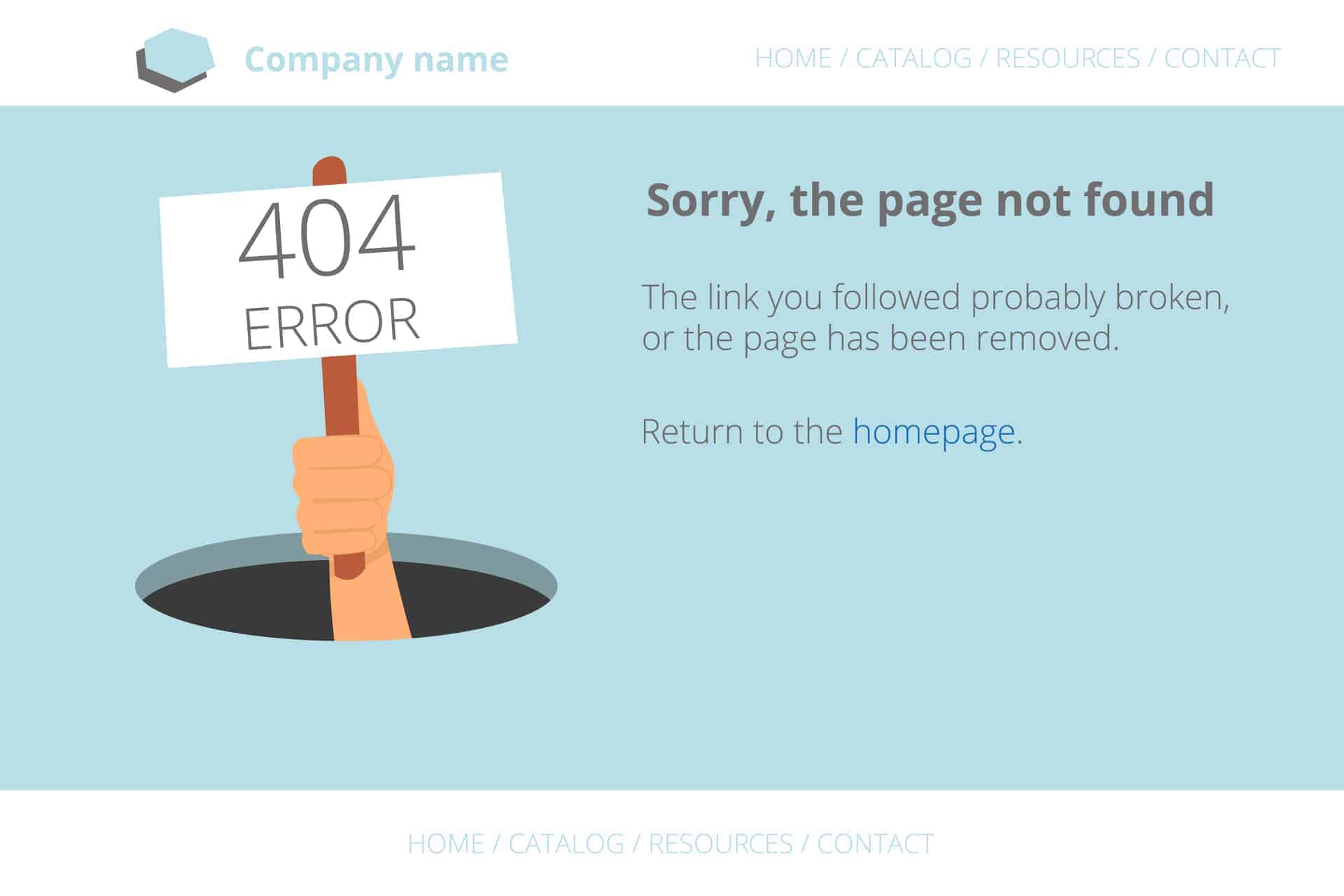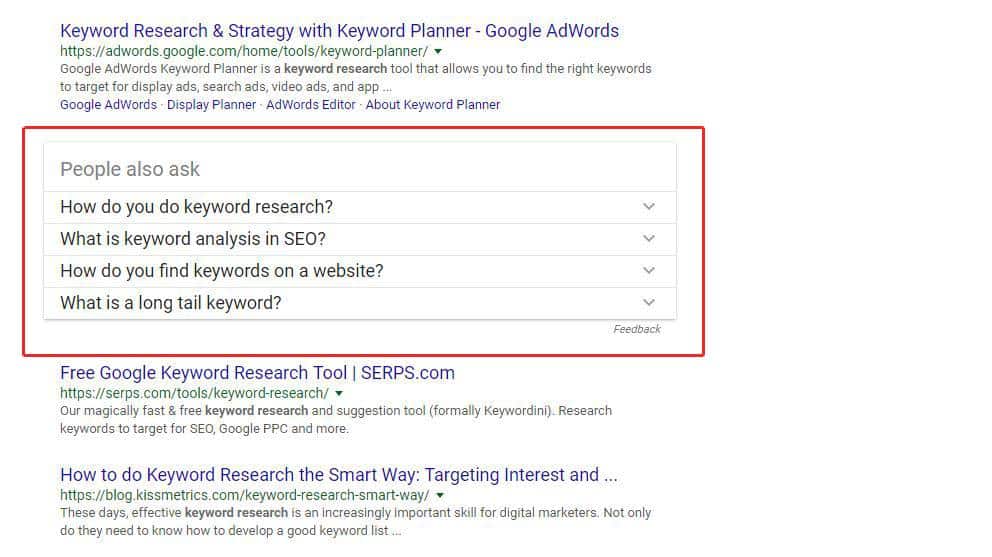
8 Ways To Update Old Content On Your Website

Posting a really great piece that generates thousands of visitors can be great for your business, but eventually, the newness will wear off and the hits will drop. While you could let that article drift off into the oblivion of your archives, you may find that a few simple tweaks can breathe new life into the piece and start generating more traffic. Updating old content SEO is one of the best content marketing strategies you can do to help your company in the long run… and it’s one of the easiest to achieve.
Why Update Old Content?

Although the internet isn’t alive, it sure feels like it sometimes. Millions of people search for things every day, and millions of new content pieces are being uploaded. The internet connects people from around the world and is a huge part of marketing for businesses.
Google’s search engine is constantly running it’s algorithms to find the best articles for people who search. SEO is a big factor in where your content gets ranked when answering users’ search queries. The problem is, as new content is getting uploaded by your competitors, your posts slowly move down the line.
Unless you do some proactive work and update old content. There are many factors of updating, but overall, when you fix, tweak and update the date of your old posts, you are recirculating them back in the sea of google searches.
If you had a few amazing posts, don’t let them disappear. Keep tweaking them so they meet the needs of users and keep them fresh on your blog.
8 Ways To Update Old Content
There are so many benefits of reoptimizing old content, but you may be wondering how to update old blog posts. If you’re not sure where to start, here are the top ways to refresh a post to snatch up new followers with the least amount of effort.
1. Click on Your Links
It has probably been a while since you clicked on the links in your old post, and there are several reasons to do so now. First, you may find that some of them are no longer good and you need to find a replacement. You don’t readers to be disappointed if your article’s links take them to 404 pages, and that definitely doesn’t improve your credibility.
Second, you may find that there is better information out there now that would benefit your article. Especially if it’s been a couple of years, there might be completely new information that you would want to give to readers. Outdated information also lowers your credibility. Third, you can use the success of your original post to request links and backlinks from reputable sources.
Adding new links is also a great way to refresh your article and boost it in Google’s rankings. If you have new product offerings, including internal links to them can be another great way of updating your page and encouraging sales at the same time.
2. Check for Errors

After writing a piece of content, it’s best to step away for a few days or hours before reading it over. This can give a writer fresh eyes that are better at catching mistakes. Looking at your page again after a few weeks or months can be plenty of time to give you a new perspective and allow you to catch small mistakes you may have previously overlooked. Not only will fixing grammatical errors improve your company’s image, but it will also give your page an updated status.
Although you want to avoid making mistakes in the first place, each time you go to update old content SEO, give a quick scan through to see if there are grammatical, structural or tonal errors. You may want to install a grammar app that can highlight problem areas, thus saving you time while editing.
3. Add Some Images
If your old content doesn’t have pictures, don’t let this problem date you. Articles without pictures often seem tedious and they are a pretty good sign of older or outdated content. You can easily upload images that go with old pieces of content. If you use a stock image website or prefer Google’s creative commons, search for images that go hand in hand with your article. Try to space them out as evenly as possible for the best readability.
New images and videos are constantly being created and you may find something better than what you originally had in your post. An eye-catching picture can go a long way in attracting readers, so finding something relevant can bring in new viewers that had previously passed over your page.
4. Update Your Keywords
One of the best content marketing methods is to utilize keywords, but those can change over time. Readers may have been searching for “Queen Elizabeth’s teapot replica” in the early 2000s, but an addition to the royal family may have prompted searchers to switch from looking for trinkets of the Mother Queen to those of Princess Kate. By constantly checking your keyword research, you can make sure you are using the most recent terms and catch the eyes of as many viewers as possible.
And let’s be honest, keywords are so important when it comes to search engine rankings. You need good keywords. But sometimes, when checking which keywords you’re ranking for, you realize that your content isn’t ranking for the keywords you focused on. If this happens, that’s okay… in fact, it can be great because you do rank for other keywords. If the keyword has a high search volume and you’re ranked pretty high, go ahead and alter the content a little bit to focus on those keywords. As we’ve seen in our own keyword research, content ranks best when it’s focused on the keyword you’re aiming for.
As you make the switch to a different keyword, go ahead and write new content about the keyword you didn’t rank for. Maybe this new piece will have better luck.
5. Analyze Information

In addition to keywords and links, basic information in your post can also become dated, even if you were working toward an evergreen blog. A quick glance over your post should alert you to any details that are no longer relevant. This could include a change in outside information but also may be due to adjustments or advancements within your own company. Have you changed your product offerings or ordering system? If so, be sure your content reflects that information so you don’t confuse and lose customers.
Along with updating information in old content, don’t forget to update the format if you’ve made any stylistic changes to your newer blogs. This includes image size, font, headings and spacing. Keep things consistent to help build your brand identity and image.
6. Add Attractive Details
By doing a little bit of research, you may find that all of your posts about the latest styles of pencil boxes attract a lot of views, but those about erasers don’t. If this is the case, add some details about which stylish pencil boxes look best with which erasers. Use the details that bring readers to your site to attract them to other posts as well.
This can be applied in many ways, but don’t forget to include internal links to help build hierarchy and help readers find additional information they are interested in. When you start publishing a lot of content, you have the benefit of using what you’ve already written to enhance and support the content you are promoting.
7. Completely Change Focus
Do you have a page that is just not getting clicked on? Maybe it’s time to think of a new angle. You can retain much of the original information and writing but adjust and organize the page to fit a new title. And maybe, you need to focus on a different keyword that is similar but a little more popular.
Sometimes just adding a catchier heading that takes a different approach can be enough to bring new viewers in. Work with your content marketing agency to determine how your original post can be adjusted to fit a new focus.
8. Add More Subsections
Sometimes new organization and a little more information are all you need to bring in thousands of viewers. This can be easily accomplished by adding new subsections. If you have a hard time coming up with new facts or ideas, plug your topic into Google’s search engine. Check out the “people also ask” feature in the results. This can be a great place to find out what else people want to know about your topic.

As you beef up your content, you’ll not only better inform readers, but you can increase your word count which can be good for your search rankings. Keep in mind that you should always add content that helps readers and isn’t fluff. But as you provide more useful content, you can build up credibility and offer more fulfilling content to readers.
Additional Tips When Updating Your Blog Posts

All of these are great tactics to use as you revamp your old content, but there are some things you should keep in mind. The experts at Search Engine Journal advise professionals to be aware of the following tips when reincarnating old content:
- Simplify your title tag: Some title tags are more clickable than others, and if yours is too congested, you are less likely to get clicks, no matter how awesome your updated content is. Fix this problem by updating the title tag to reflect what’s on the page and attract readers.
- Change your timestamp: Rather than sticking with the original publishing date, change your settings so that the time stamp will show when the last update was made. This prevents your page from looking outdated and lets viewers know just how recently the information was checked.
- Share and Re-share: Once you’ve put your time and effort into revamping your post, share it on every social media platform you’ve got. Sometimes, people feel subconscious sharing something that’s already been shared, but it’s just fine to let readers know that you’ve updated a past post with a title like “Preschooling Your Own Child (Updated With New Apps!).”
Get Started Today!
Updating old content SEO is one of the best content marketing strategies to keep profiting from a great piece. Follow these tips to breathe new life into your dormant pages and continue climbing up Google’s rankings.
- Top 10 Content Writing Websites - September 13, 2024
- Blog Images Are More Important Than You Think - September 5, 2024
- 25 Wise Marketing Quotes From the Best in the Business - July 11, 2024

